When it comes to healthy eating, many people feel overwhelmed by the idea of counting every single calorie. Fortunately, there’s a smarter, simpler, and more sustainable approach: building a healthy plate using portion control principles — no calorie counting required.
This guide will walk you through how to portion your meals visually, choose balanced nutrients, and enjoy food mindfully — all while staying on track with your health goals.
🧠 Why Portion Control Matters More Than Calorie Counting
While calorie counting can be useful for some, it can also be time-consuming, obsessive, and hard to maintain long-term. Portion control focuses on balance and moderation, helping you:
- Avoid overeating
- Improve digestion
- Maintain a healthy weight
- Get the nutrients your body needs
Visual portioning allows you to eat intuitively and recognize hunger/fullness signals, promoting a healthier relationship with food.
🥗 The Healthy Plate Method: Visual Guide
Think of your plate as a clock or a canvas you design at each meal. Here’s the simple breakdown recommended by the USDA’s MyPlate and Harvard’s Healthy Eating Plate:
✅ 1. Half Your Plate: Non-Starchy Vegetables
These are low in calories but high in volume, fiber, and nutrients.
Examples:
- Leafy greens (spinach, kale, romaine)
- Broccoli, cauliflower
- Bell peppers, carrots, zucchini
- Tomatoes, cucumbers, cabbage
Why? They add bulk without adding many calories and support digestion and disease prevention.
✅ 2. One-Quarter of Your Plate: Lean Protein
Proteins are essential for muscle repair, hormones, immunity, and satiety.
Examples:
- Chicken breast, turkey, lean beef
- Fish (salmon, tuna, sardines)
- Eggs
- Lentils, beans, tofu, tempeh
Portion Tip: Use the palm of your hand as a guide — 1 palm = 1 portion.
✅ 3. One-Quarter of Your Plate: Whole Grains or Starchy Veggies
Carbohydrates fuel your body, especially your brain and muscles. Go for whole, minimally processed options.
Examples:
- Brown rice, quinoa, bulgur
- Oats, barley, whole wheat pasta
- Sweet potatoes, corn, peas
Portion Tip: A cupped hand = 1 portion of cooked grains or starchy veggies.
✅ 4. Add Healthy Fats (In Moderation)
Healthy fats help with nutrient absorption and keep you full longer.
Examples:
- Olive oil (for cooking or drizzling)
- Avocados
- Nuts and seeds
- Fatty fish (salmon, mackerel)
Portion Tip: Use your thumb to estimate – 1 thumb = 1 tablespoon of oil or nut butter.
💧 Don’t Forget Hydration
Drink water with your meals. Aim for 6–8 cups daily, and more if you’re active or live in a hot climate.
Skip sugary drinks and opt for:
- Water
- Unsweetened tea
- Sparkling water
- Infused water with lemon, cucumber, or mint
👀 Portion Control Made Easy: Hand Guide
Here’s a quick cheat-sheet to eyeball your portions:
| Food Group | Portion Size | Hand Guide |
|---|---|---|
| Protein | 3–4 oz | Palm |
| Grains/Starch | 1/2 cup cooked | Cupped Hand |
| Vegetables | Unlimited | Two Fists or Half Plate |
| Healthy Fats | 1 tbsp | Thumb |
| Fruit | 1 medium piece | One Fist |
🍽️ Sample Healthy Plate Meals (No Calorie Counting)
🌯 Lunch Example:
- ½ plate: Grilled veggies (zucchini, bell pepper, tomato)
- ¼ plate: Grilled chicken breast
- ¼ plate: Brown rice with herbs
- 1 tbsp olive oil (used for grilling)
🍲 Dinner Example:
- ½ plate: Mixed salad with greens, cucumbers, carrots
- ¼ plate: Baked salmon
- ¼ plate: Sweet potato mash
- Dressing: 1 tbsp vinaigrette
🍳 Breakfast Example:
- 2 scrambled eggs (protein)
- 1 slice whole-grain toast (carb)
- ½ avocado (healthy fat)
- ½ grapefruit (fruit)
🧘 Mindful Eating Tips for Portion Control
- Eat slowly — Give your brain time to register fullness.
- Use smaller plates — Helps trick your brain into feeling satisfied.
- Stop at 80% full — This Japanese concept (Hara Hachi Bu) prevents overeating.
- Avoid distractions — Eating while watching TV leads to mindless snacking.
- Listen to your hunger cues — Eat when hungry, not bored or emotional.
❌ Common Portion Pitfalls to Avoid
- Super-sized restaurant portions
- Eating directly from a bag or container
- Emotional or boredom snacking
- Drinking calories (sugary coffee, juices, soda)
✅ Key Takeaways
- You don’t need to count calories to eat healthy.
- Focus on visual portioning: ½ veggies, ¼ protein, ¼ whole grains.
- Add small amounts of healthy fats, hydrate, and eat mindfully.
- Portion control helps you enjoy all foods in balanced amounts.
By using your hands, eyes, and common sense, you can make smarter food choices — every meal, every day — and stay on the path to better health naturally.
ABOUT THE AUTHOR
Dr. Nora West is a highly skilled MBBS doctor with a special interest in women’s health and patient education. She is dedicated to providing compassionate care and believes in building strong doctor–patient relationships based on trust and understanding. Dr. Nora focuses on empowering her patients with the knowledge they need to make informed decisions about their health. She is particularly passionate about preventive medicine, nutrition, and lifestyle interventions that can significantly improve quality of life. Known for her warmth and professionalism, Dr. Nora combines evidence-based medicine with a personalized approach, ensuring every patient feels supported on their journey to better health.

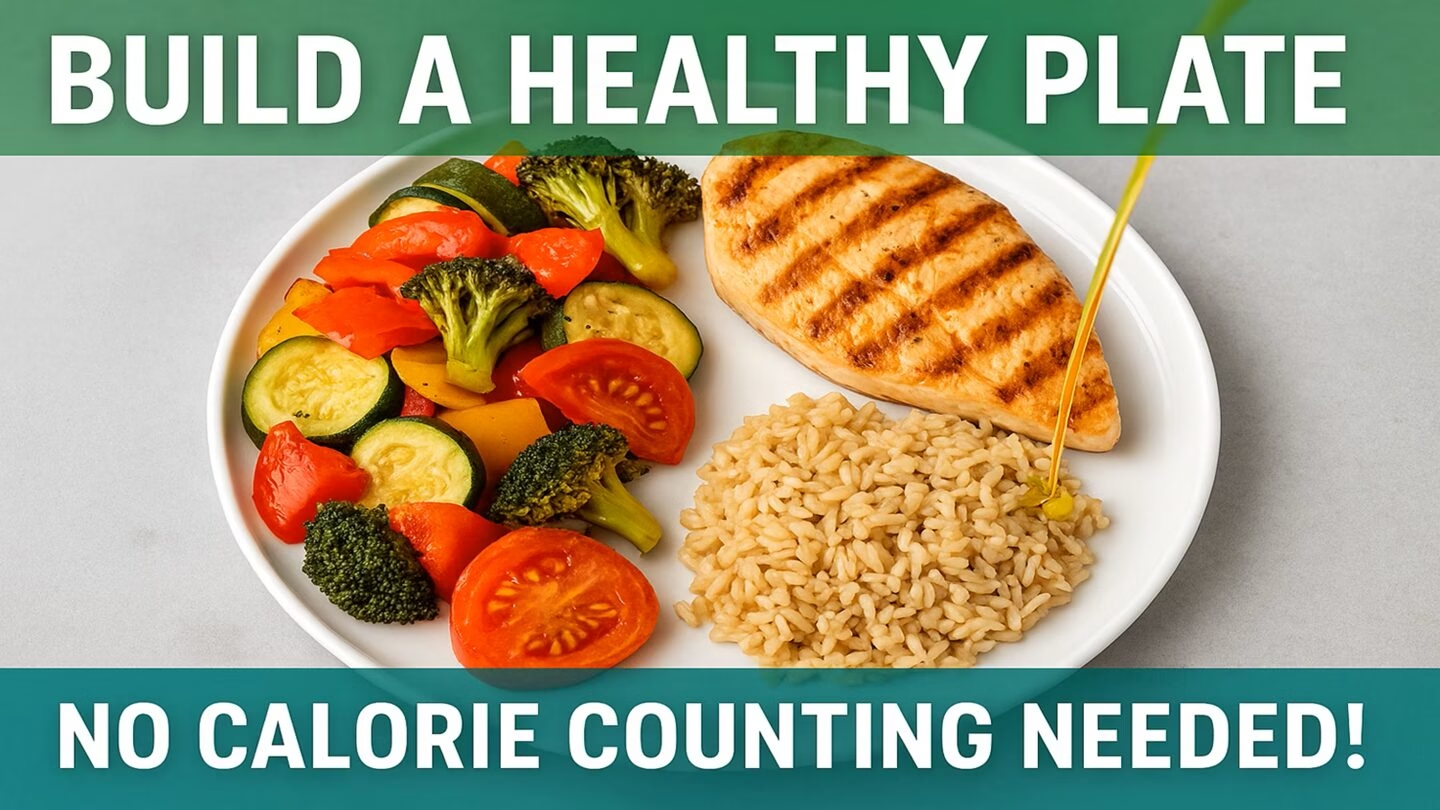
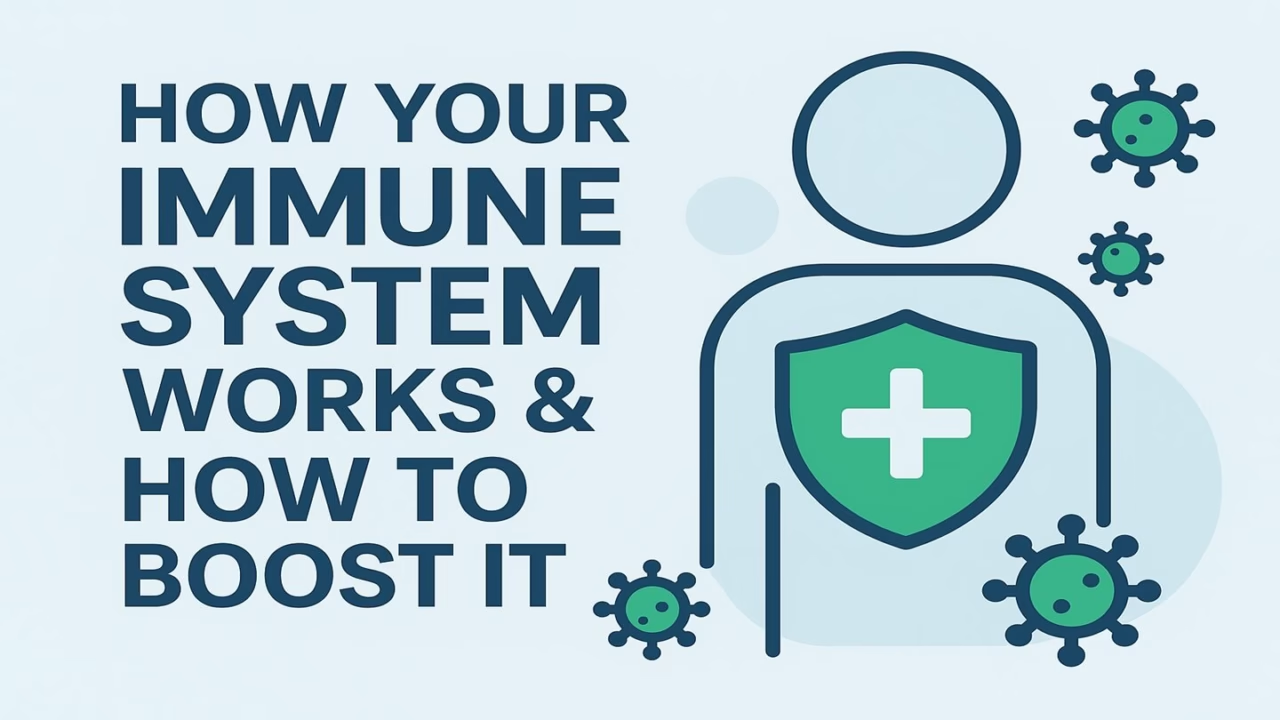

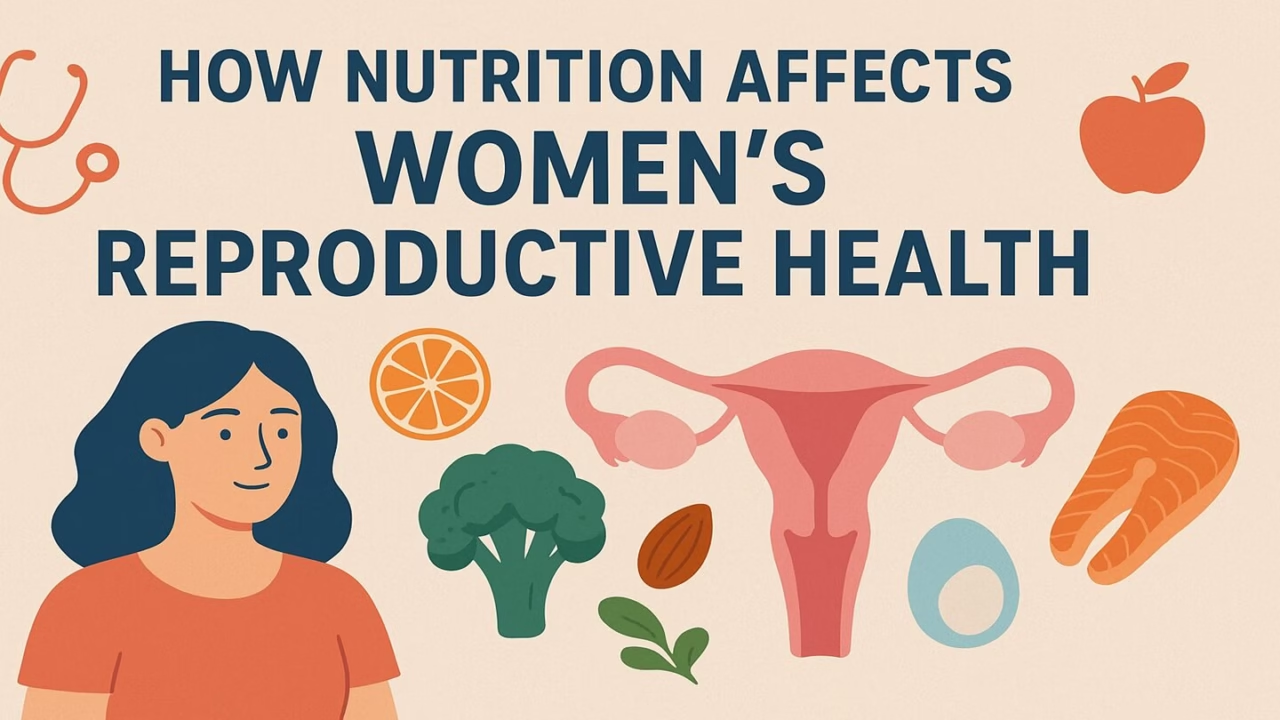









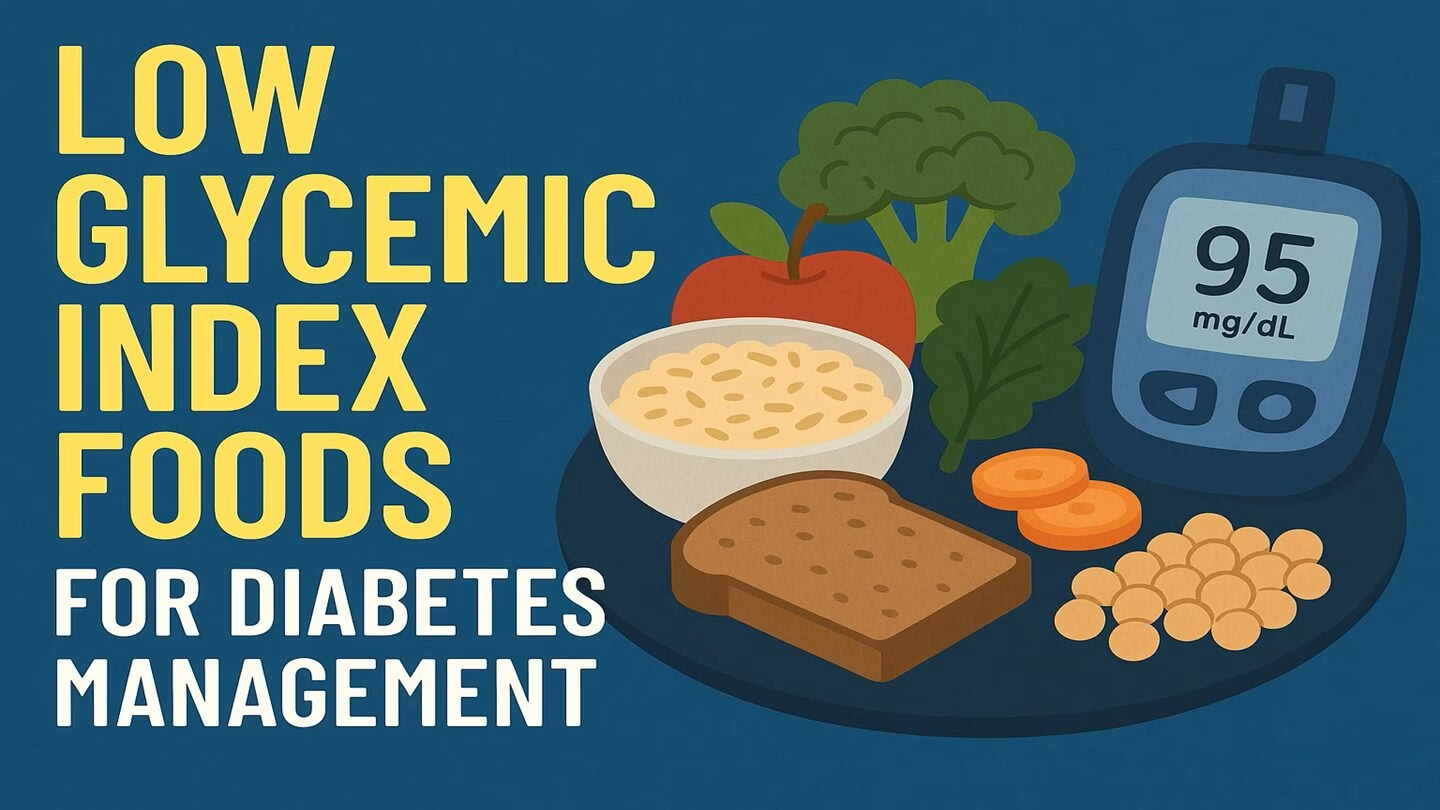

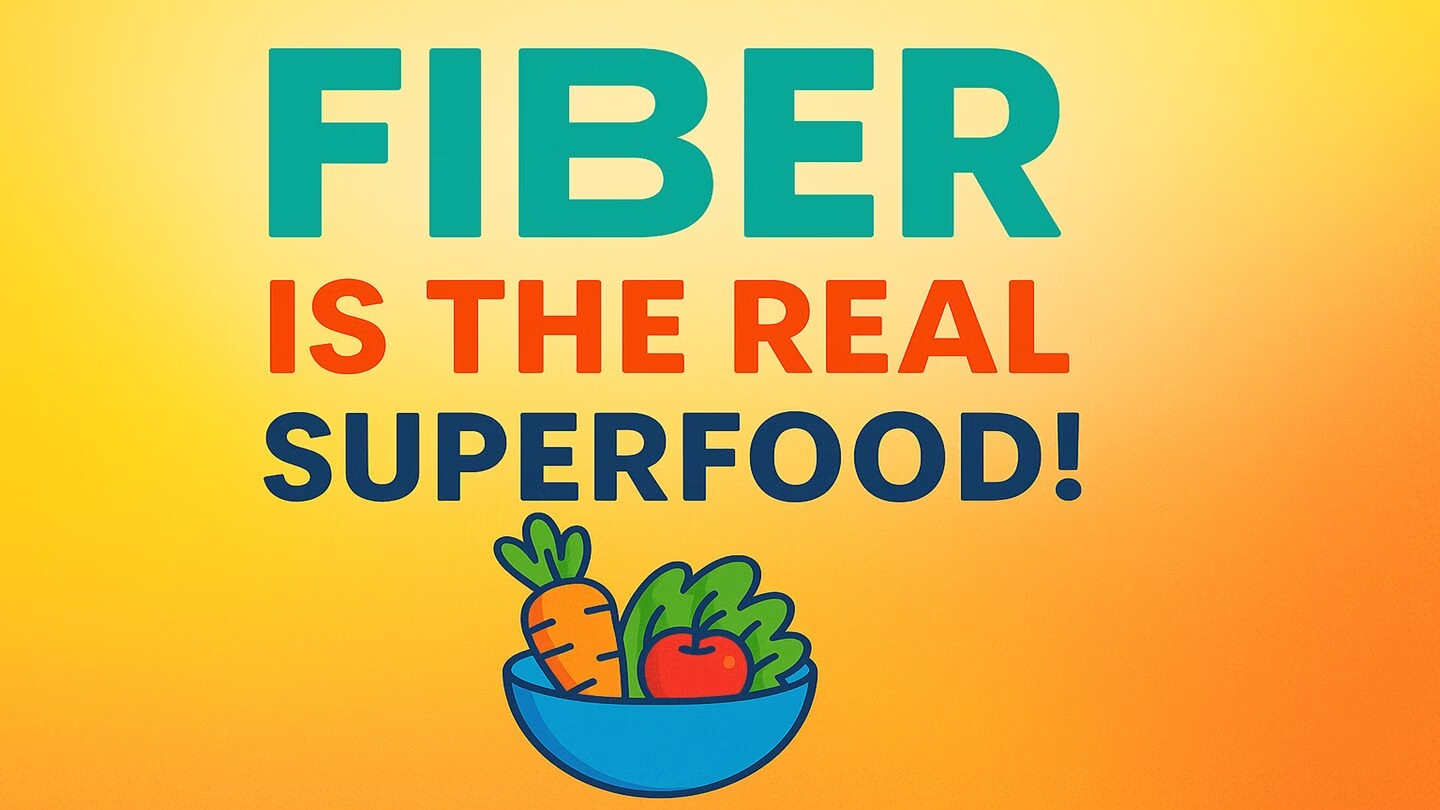
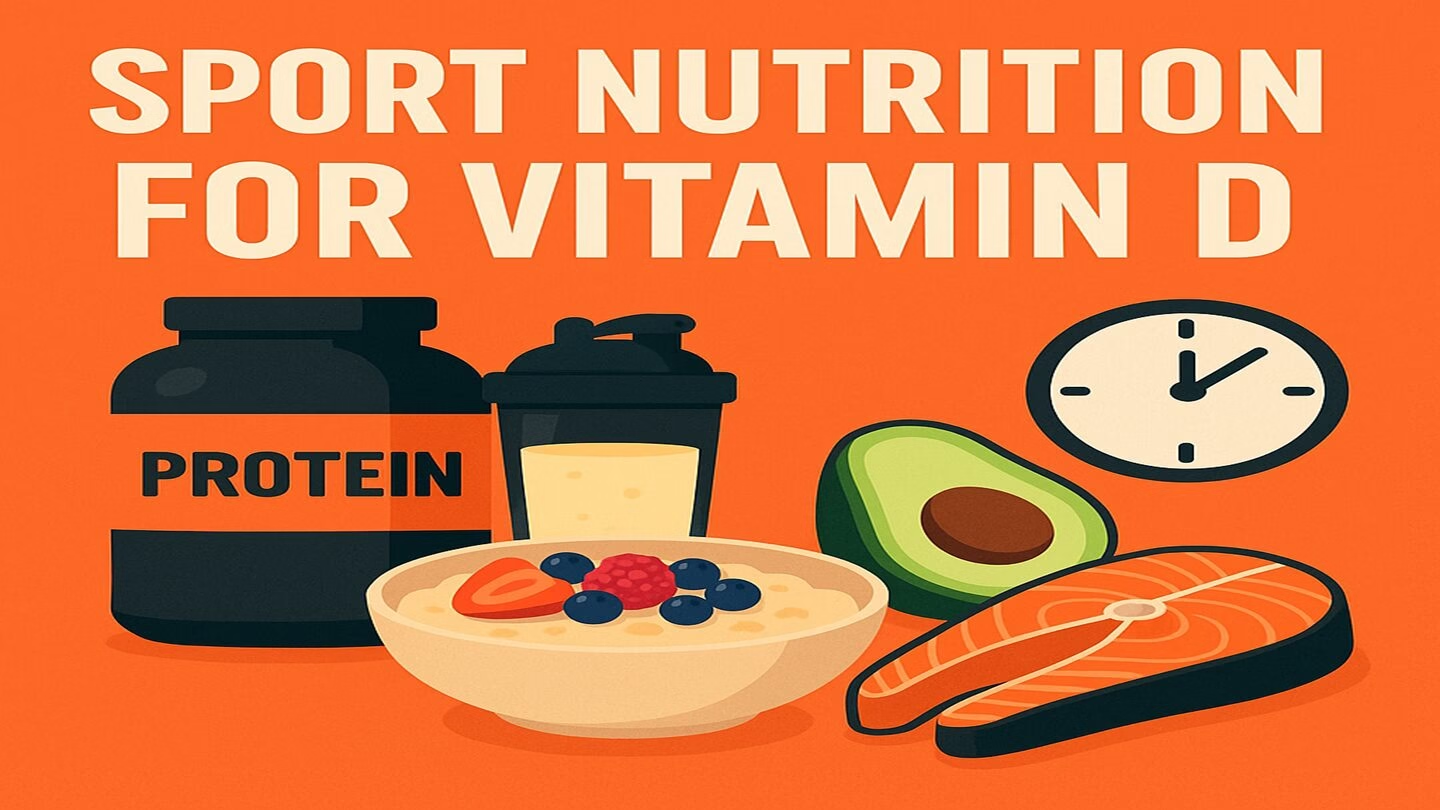
Add comment